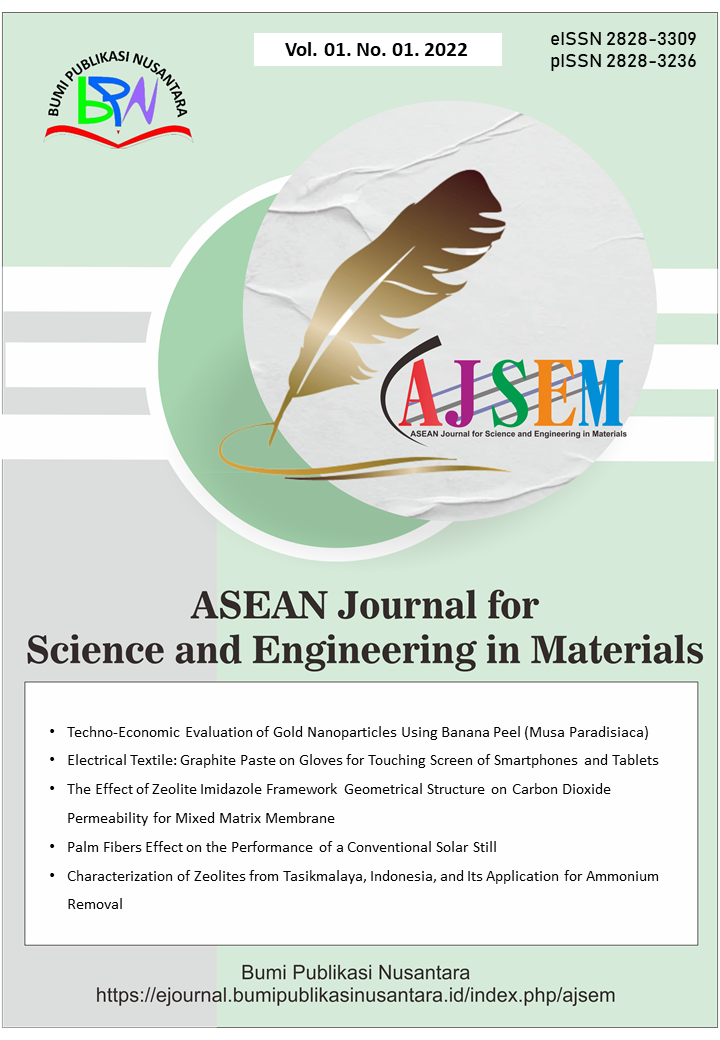Metabolic Disequilibrium: A Review in the Indication of Soil Ecosystem Insulted with Xenobiotics
 ),
),
(1) Federal University of Technology
 Corresponding Author
Corresponding Author
Abstract
Keywords
References
Babich, H. R., Bewley, R. J. F. and Stotzky, G. (1983). Application of the ecological dose concept to the impact of heavy metals on some microbe-mediated ecological processes in soil. Archives of Environmental Contamination and Toxicology, 12, 421-426.
Barron, M. G., Short, J. W. and Rice, S. D. (2003). Photo-enhanced toxicity of aqueous phase and chemically dispersed weathered Alaska North Slope crude oil to pacific herring eggs and lavae. Environmental Toxicology and Chemistry, 22(3), 650-660.
Calow, P. (1992). Can ecosystems be healthy? Critical consideration of concepts. Journal of Aquatic Ecosystems Health, 1, 1-6.
Dunnet, G. M. (1982). Oil pollution and seabird populations. Philosophical Transactions of the Royal Society of London, 297, 413- 427.
Ebulue, M. M. (2021). Impact assessment of the activities of soil lipase and dehydrogenases in spent engine oil-polluted ecosystem undergoing remediation. Journal of Bio Innovation, 10(1), 265-274.
Ebulue, M. M. (2022). Soil enzymatic activity – an indication of ecosystem stressed with hydrocarbon. Journal of Bio Innovation, 11(1), 113-125.
Ekpo, M. A. and Udofia, U. S. (2008). Rate of biodegradation of crude oil by microorganisms isolated from oil sludge environment. Africa Journal of Biotechnology, 7(24), 4495 - 4499.
Gutnick, D. L. and Rosenberg, E. (1979). Oil tankers and pollution: A microbial approach. Annual Revolution Microbiology, 31, 379-396.
Hall, A. J., Hugunin, K., Deaville, R., Law, R. J., Allchin, C. R. and Jepson, P. D. (2006). The risk of infection from polychlorinated biphenyl exposure in the Harbor Porpoise. Environmental Health Perspectives, 114, 704-711.
Heintz, R. A., Short, J. W. and Rice, S. D. (1999). Sensitivity of fish embryos to weathered crude oil Part 11. Environmental Toxicology and Chemistry, 18, 494-503.
Moriarty, F. (1983). The study of pollutants in ecosystems. Ecotoxicolgy Academic Pres, 289, 233-340.
Onwurah, I. N. E. (1999). Restoring the crop sustaining potential of crude oil polluted soil by means of Azotobacter inoculation. Plant Production Research Journal, 4, 6-16.
Onwurah, I. N. E. (2002). Anticoagulant potency of water-soluble fractions of Bonny light Oil and enzyme induction in rats. Biomedical Research, 13(1), 33-37.
Onyefulu, K. O., and Awobajo, O. A. (1979). Environmental aspects of the petroleum industry in the Niger Delta, problems and solutions in the Petroleum Industry and Niger Delta. Proceedings of the NNPC Seminar on Environment, 2, 242-248.
Rapport, D. J. (1992). Evaluating ecosystem health. Journal of Aquatic Ecosystems Health, 1, 15-24.
Sanders, B. M., Martin, L. S., Nelson, W. G., and Welch, W. (1991). Relationships between accumulation of a 60 kD a stress protein and scope of growth in Mytilus edulis exposed to copper contaminations. Marine Environmental Research, 31, 81-97.
Tiido, T., Rignell-Hydbom, A., Jönsson, B. A., Giwercman, Y. L., Pedersen, H. S., Wojtyniak, B., Ludwicki, J.K., Lesovoy, V., Zvyezday, V., Spano, M. and Manicardi, G.C. (2006). Impact of PCB and p, p′-DDE contaminants on human sperm Y: X chromosome ratio: studies in three European populations and the Inuit population in Greenland. Environmental Health Perspectives, 114(5), 718-724.
Tool, T. A. N. E. (1988). Pollution-induced community tolerance—a new ecotoxicological tool. Functional Testing of Aquatic Biota for Estimating Hazards of Chemicals, 988, 219.
Article Metrics
Abstract View : 1490 times
: 1490 times Download : 643 times
Download : 643 times
Refbacks
- There are currently no refbacks.
Copyright (c) 2022 Bumi Publikasi Nusantara

This work is licensed under a Creative Commons Attribution-ShareAlike 4.0 International License.









